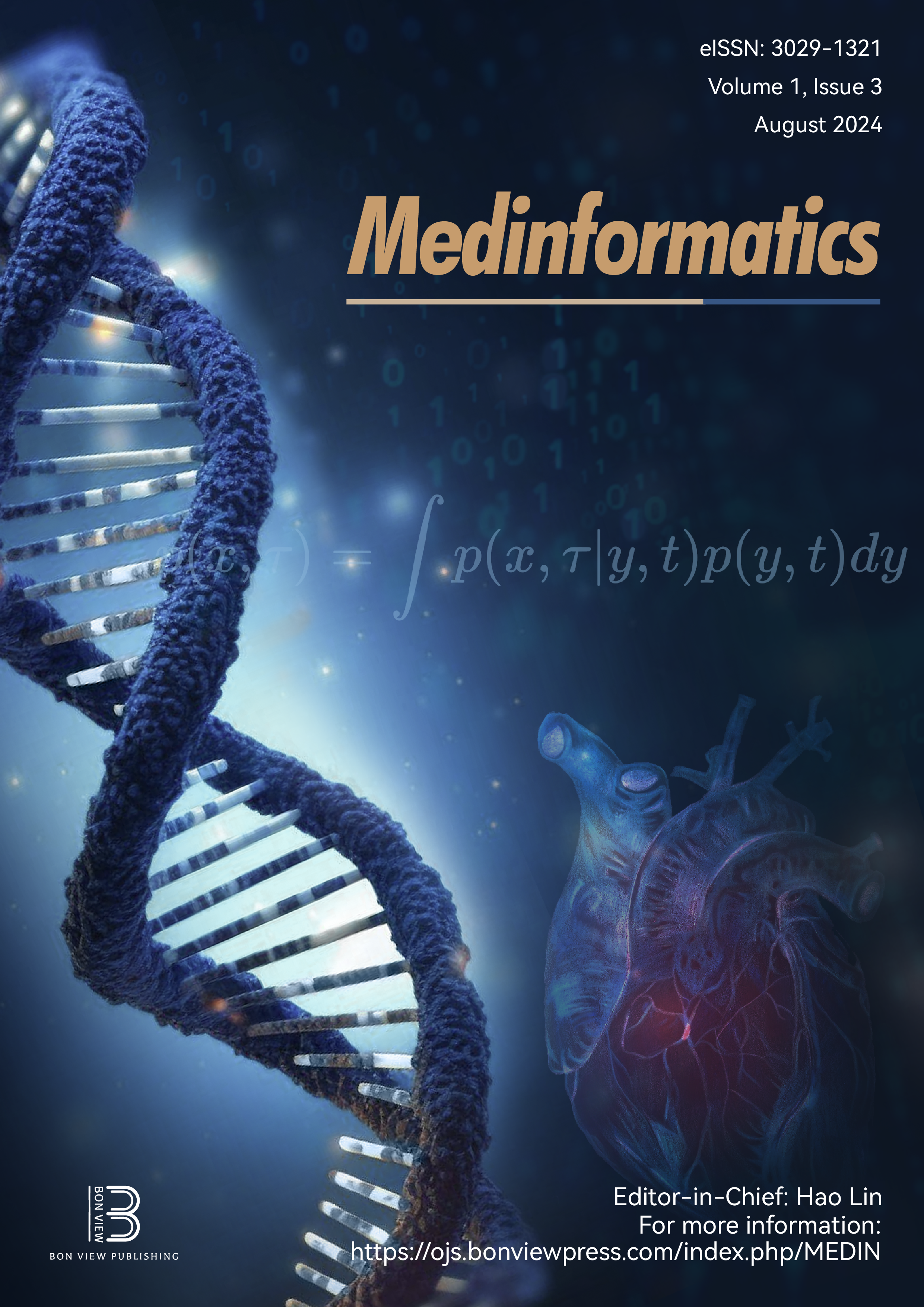Integrated Bioinformatics Approach Showed Linagliptin as Potential Drug for Prevention of Cardiac Arrest and Cancer
DOI:
https://doi.org/10.47852/bonviewMEDIN32021408Keywords:
Linagliptin, DPP4 inhibitor, diabetes, pharmacokinetics, chemoinformaticsAbstract
The availability of Linagliptin as a dipeptidyl peptidase-4 (DPP4) inhibitor for the management of type 2 diabetes in individuals has been a recent development. The primary aim of the present investigation is to gain insights into the biological, physiological, and pharmacological mechanisms of action of the substance, as well as its impact on the cellular structure of human organisms. In this study, a range of genomics approaches and in silico tools were employed, including PASS, SwissTargetPrediction, SwissADME, SEA, CLC-Pred, and DIGEP-Pred, to ascertain the physiochemical characteristics, pharmacokinetic attributes, biological targets, and biological activity of Linagliptin. Linagliptin is employed as a novel DPP4 inhibitor for the purpose of assisting those diagnosed with type 2 diabetes in managing their body’s glycemic control. Nevertheless, our study revealed that Linagliptin has affinity for other molecular targets in humans, such as CHRM1, FAP, ALDH1A1, and PDE6D, thereby modulating their gene expression patterns. Prior studies have demonstrated that the administration of the medicine exerts an influence on renal and cardiovascular problems. Based on our research findings, we have developed a solid hypothesis that Linagliptin could potentially serve as an effective pharmaceutical intervention for the treatment of blood cancer and cardiac arrest.
Received: 31 July 2023 | Revised: 4 September 2023 | Accepted: 20 September 2023
Conflicts of Interest
The authors declare that they have no conflicts of interest to this work.
Data Availability Statement
The structures used in this study are openly available at https://pubchem.ncbi.nlm.nih.gov.
Downloads
Published
Issue
Section
License
Copyright (c) 2023 Authors

This work is licensed under a Creative Commons Attribution 4.0 International License.


